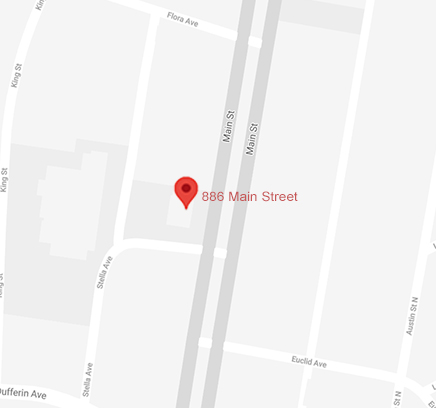Created through the At Home/Chez Soi research project of the Mental Health Commission of Canada, ACT provides housing support to some of Winnipeg’s most vulnerable and at-risk community members by employing a housing first model.
Category: Timeline Stories
All timeline stories.
Expansion into 888 Main Street
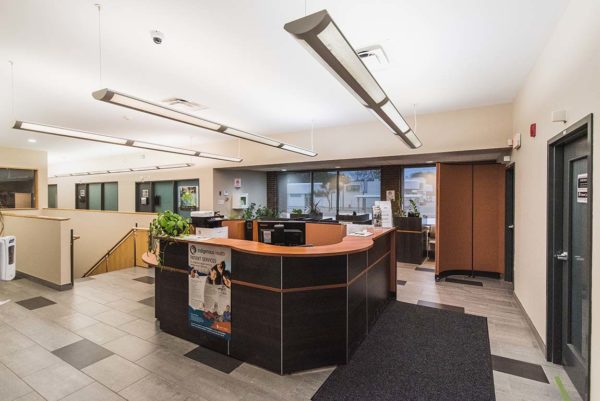
The Mount Carmel Clinic Foundation began a capital campaign in 2005 to fund substantial renovations to the clinic. By 2008, the clinic was able to execute phase one of the renovations: the retrofitting of 888 Main Street—the old bank building donated by CIBC--to house its administrative offices and outreach services.
Mount Carmel Clinic Foundation is Established
The establishment of an official foundation improved the clinic’s capacity to be able to fundraise for large capital projects in a more effective way. The foundation went on to lead several successful fundraising campaigns over the next 20+ years, including the multiple clinic expansions and upgrades.
Anne Ross Day Nursery Building Construction Complete
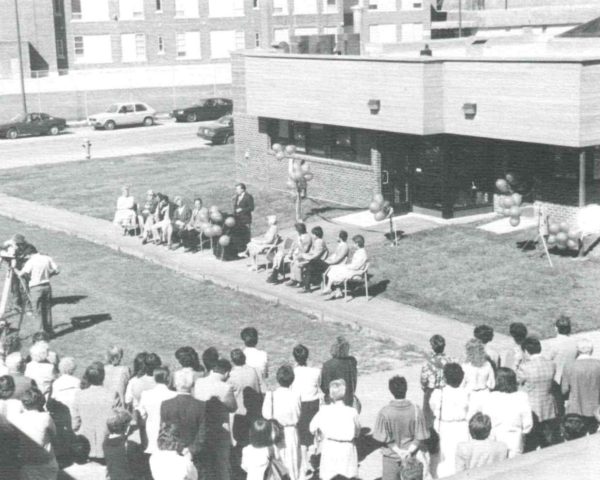
Upon the completion of the new clinic, focus quickly moved to the goal of raising funds for a building to house the clinic’s day nursery program, which provided supports for children ages 2 – 5 years. The MCC board of directors approved plans for the new building in 1983, and by 1985 the newly named Anne Ross Day Nursery was complete.
A New Home for the Clinic is Constructed
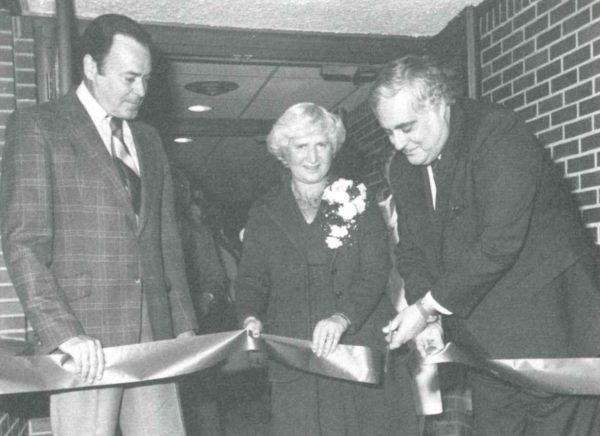
As the clinic continued to grow, it became clear that finding a much larger and permanent location for the clinic was necessary. After a decade of fundraising and a significant capital contribution from the government, a new building for Mount Carmel Clinic was constructed at 886 Main Street.
MCC Pushes for Increased Housing Resources
The clinic advocated for those living in low-income situations, and pushed the government to provide better housing options and more public housing. This contributed to the eventual establishment of the Neighbourhood Improvement Program in 1974, a tri-governmental housing program with the goal of improving housing across Canada.
Anne Ross is Appointed Executive Director
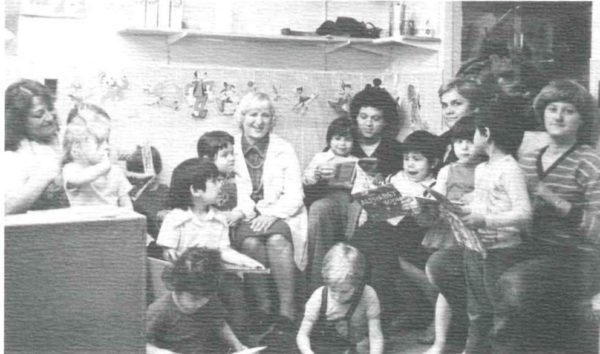
Anne Ross was hired in the early 1940s as one of the clinic’s first paid staff members, and quickly became a figurehead for the clinic. In 1964 she was formally appointed as executive director which allowed her the ability to speak on behalf of the clinic and implement new ideas. She was integral to the shaping of the clinic’s model of service and the development of many of the programs that still exist at the clinic today.
Patient Numbers Increase
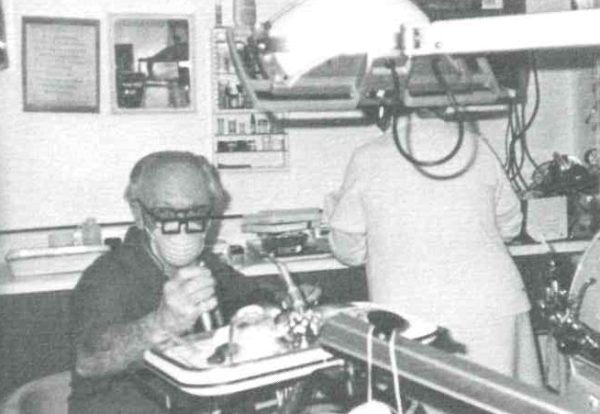
Over the course of two decades, the clinic went from seeing 3 to 4 patients per day, to seeing upwards of 120 patients each day. Mount Carmel Clinic’s services grew to include dental care, family planning resources, mental health supports, and a day nursery.
The Clinic Evolves
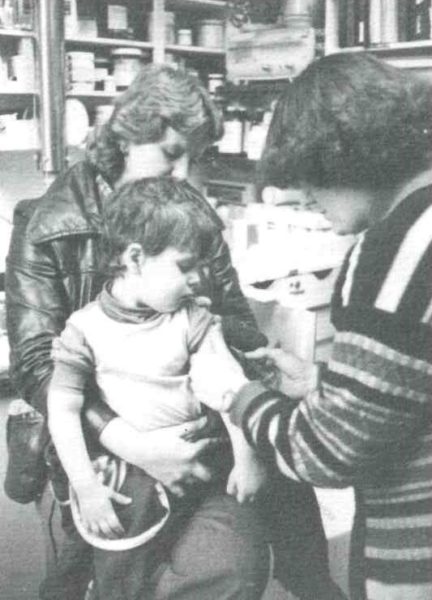
As needs changed, the clinic shifted focus to broaden its scope. With the hiring of nurse Anne Ross, the clinic began to provide community-centred health services to those in the neighbourhood that needed it most. This included Newcomers and refugees from different parts of the world, as well as First Nations and Métis peoples moving to the city from reserves.
Use of the Clinic Grows
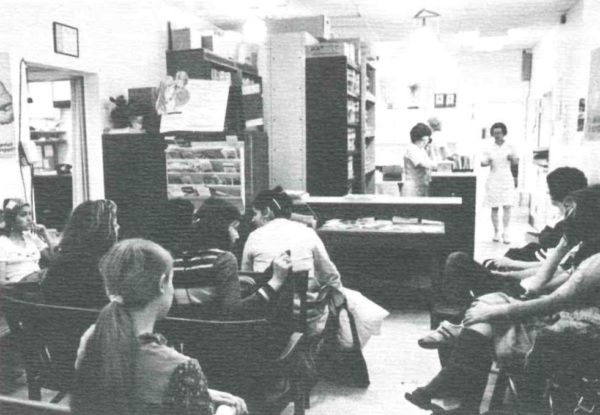
Due in part to the depression and war times, the clinic began to experience a rise in non-Jewish community members utilizing the clinic in the 1930s. By 1936, non-Jewish peoples made up one-third of the patients at the clinic.


